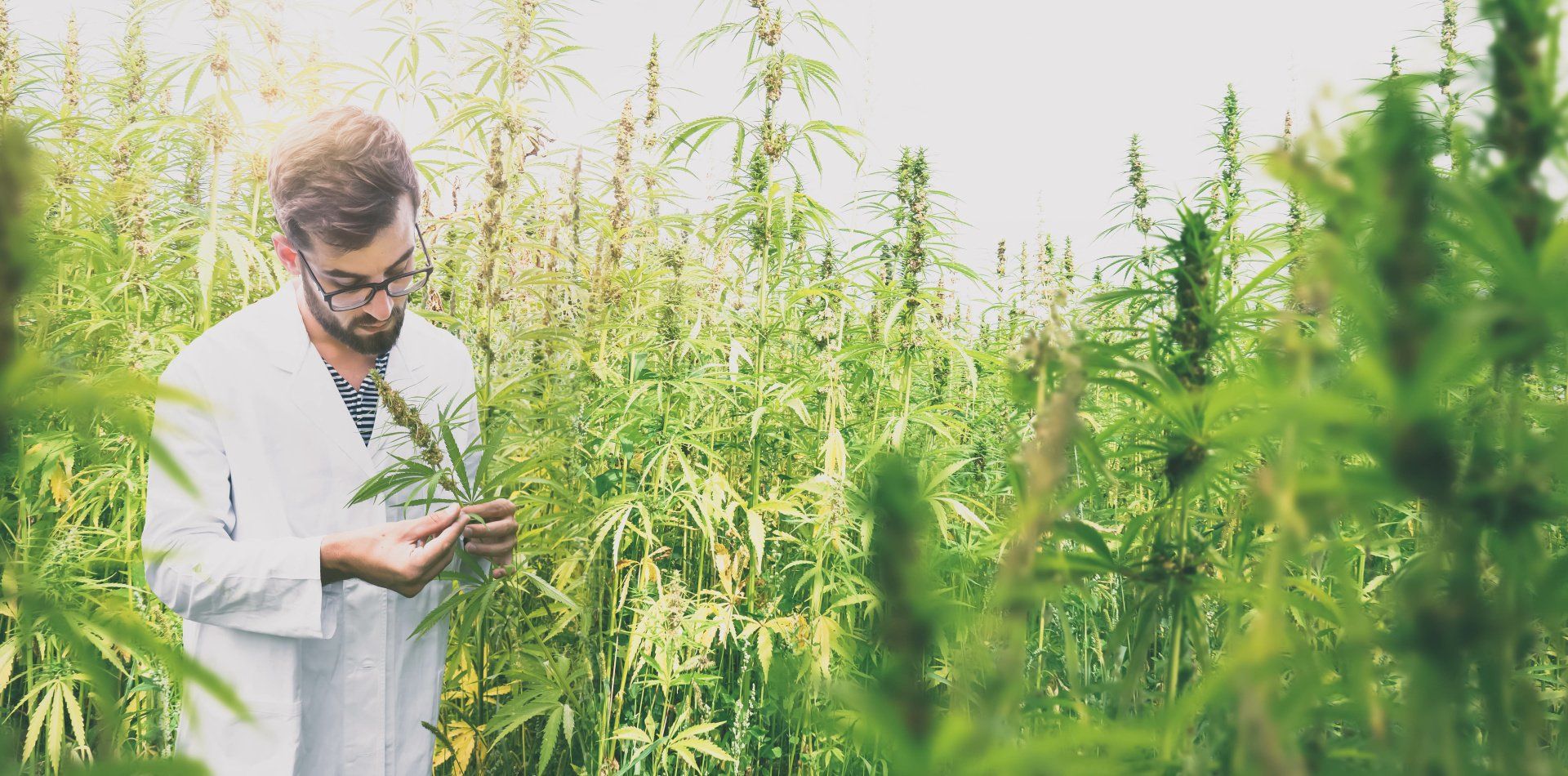1MG FlippingBooks
Hemp research gives boost to emerging industry
Elizabeth Gracie

Researchers at the Tasmanian Institute of Agriculture (TIA) are exploring ways to manage the profitability of Tasmania’s industrial hemp industry for hemp growers.
The project is a joint venture between the University of Tasmania and the Tasmanian Government.
Whilst industrial hemp is an emerging industry in Tasmania, Tasmania supplies approximately 80 per cent of Australia’s production of low-THC hemp seeds.
The two-year project headed by the TIA will assess the benefits of using industrial hemp as both a forage crop specifically for sheep or as a dual-purpose crop for both grazing and seed production.
Dr Beth Penrose, a lecturer in pasture science at the TIA is leading the research efforts and hopes that the new project will build upon previous studies into the nutritional value of hemp for animal feed that was conducted by the institute.
“We are building on this research by looking at five varieties of industrial hemp and assessing the effects of genotype, grazing time and environment on the nutritional value,” said Dr Penrose.
“We also want to find out the impact that grazing has on the yield of hemp seeds, and whether it could potentially increase the yield and the overall value of the crop”.
Initial trial sites will be established in North West Tasmania however as industrial hemp is not yet legal in Tasmania, the trials will only simulate grazing patterns by manually cutting the crops at different heights.
President of the Tasmanian Hemp Association (THA) Tim Schmidt, said that research on the applications and uses of industrial hemp was crucial to the long term success of the growing emerging industry.
“With Tasmania currently supplying over 80 per cent of Australia’s hemp seed for food, and having assisted in establishing a good industry foundation in the State, the THA is pleased to be able to support TIA and UTAS with growers funds to conduct new relevant research for the industry which will help foster a profitable industrial hemp industry for Australian farmers,” said Schmidt.
The project will also bring aboard local licensed farmers in an effort to increase the value of the hemp crop and the profitability of Tasmania’s industrial hemp industry for farmers.
NEWS

2025 marks 50 years since TR70 model launched in 1975. Since this time, New Holland has led industry innovation in combine technology with: The first self-leveling cleaning system on a rotary combine in 2002 Breaking the 8-hour wheat harvest world record in 2014 The latest CR10 and CR11 twin rotor combines entering production in 2025















